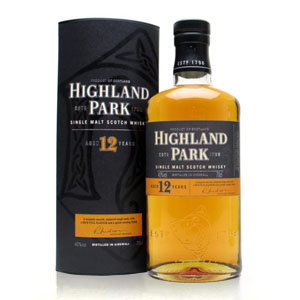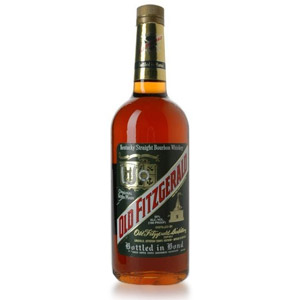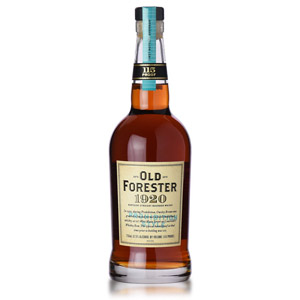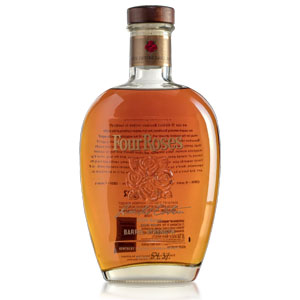Bryan Davis is a kind of mad scientist. His cobbled-together but altogether impressive WOODEN pot still with its steampunk flair and steam-breathing dragon head looks like it’s capable of churning out a witch’s brew, a batch of the rawest moonshine, or a Frankentein’s Monster of a distillate. The latter is most appropriate. Lost Spirits is riding the event horizon in front of the cutting edge of craft whisky, and some people aren’t prepared for what ends up in the bottle. His reviews have been – in his words – “polarizing”. Some reviewers, such as Clay Risen from the New York Times, think his first forays into the American Whisky scene are “damn good” and the “product of a true craftsman”. Others are… well, go ahead and Google for yourself.
The distillery is located on a ramshackle one-acre property in the wilds of Salinas, California. He is bordered on four sides by farmland and his two gigantic German Shepherds roam the property to “keep out the riff-raff”. The still, an arcane construction, is open to the elements as is his stonework smoker complete with a tongue-in-cheek aluminum “pagoda.”
Bryan loves peat. His professed love for Octomore and Kilchoman – both extremely young malts – is testament to this. He revels in the chemistry of phenolic acids and esters and is willing to expound for hours on the topic if you let him. This mad chemist knows his stuff. That may be what some tasters don’t get about these whiskeys. They’re offbeat, funky, challenging… And it’s all intentional. This is what Bryan WANTS it to taste like. If he wanted to make mass-appeal American malt whisky he could, but he wants to experiment with crazy bacteria, yeasts, and technically-not-quite-illegal maturation techniques that NO ONE else is doing. He wants to push the envelope until its not even an envelope anymore, and he can tell you in excruciating detail exactly why it tastes like it does. He may be mad, but he knows what he’s doing, and simply doesn’t care if you don’t like it. Well, he cares, but he isn’t going to let it change what he loves to do.
All of the current Lost Spirits bottlings are similar. The primary distillate is Canadian or California malted barley, heavily peated in his homemade smoker using peat sourced from Canada or California, distilled twice in his crazy steam-heated wooden pot still, and aged in reused wine barrels that Bryan himself recharred with his Lost Spirits Flamethrower (trademark pending). Oh, and he throws away the head and tail cuts without redistilling, which I have never heard of. Why? Because when he tried redistilling them, the product wasn’t as good. That, right there, is the key to craft. Experiment, and when the status quo results in inferior product, throw away the status quo even if it costs you money.
 Then there’s age. Lost Sprits products are young. It says “under four years” on the bottle because that’s legally required. But Bryan takes the “age doesn’t matter” mantra to new heights. His Area 51 of a warehouse – sealed from prying eyes like mine – contains his mechanisms for inducing old flavor into young distillate. Since environment and barrel char determine the degree of reactivity between spirit and wood, and thus are the prime factors in what we call “maturity”, Bryan puts his heavily-charred barrels into manipulated environments. I’m not just talking about temperature. Among other things, he uses air pressure to induce reactions between wood and whiskey. Wow. And it’s working: Rather than import sherry barrels to age Ouroboros, he dumped sherry into refill, recharred casks and scaled up the air pressure around the barrel to take a month-long barrel seasoning/infusion process down to some forty hours. He’s using similar methods (and more he wouldn’t tell me about) to age his whisky. Brian’s all about taking the road less traveled, including Herculean feats to secure rare late-harvest California semillon casks for his Leviathan II.
Then there’s age. Lost Sprits products are young. It says “under four years” on the bottle because that’s legally required. But Bryan takes the “age doesn’t matter” mantra to new heights. His Area 51 of a warehouse – sealed from prying eyes like mine – contains his mechanisms for inducing old flavor into young distillate. Since environment and barrel char determine the degree of reactivity between spirit and wood, and thus are the prime factors in what we call “maturity”, Bryan puts his heavily-charred barrels into manipulated environments. I’m not just talking about temperature. Among other things, he uses air pressure to induce reactions between wood and whiskey. Wow. And it’s working: Rather than import sherry barrels to age Ouroboros, he dumped sherry into refill, recharred casks and scaled up the air pressure around the barrel to take a month-long barrel seasoning/infusion process down to some forty hours. He’s using similar methods (and more he wouldn’t tell me about) to age his whisky. Brian’s all about taking the road less traveled, including Herculean feats to secure rare late-harvest California semillon casks for his Leviathan II.
I won’t quibble: the whisky is weird. It’s heavily peated, but in a funky, yeasty way that initially puts many people off. I immediately associated the aromas of Leviathan II with those of wild-yeasted “sour” beers that have recently become trendy in the Pacific Northwest and California (see Supplication and Consecration by Russian River Brewing). If you’ve ever had a sour beer, you know what I’m talking about: sweaty feet, locker rooms, fermenting juice left in the fridge too long, and moldy caves. But in a good way. I honestly wonder if my reaction to Bryan’s work would have been negative if I hadn’t been exposed to sour ale and begun to appreciate its incredible depth of nuance. Bryan’s whiskies are the same way. If you can get over their aggressive first impression, you can spend all day spelunking their funky depths. This is not “relax on the back porch” whisky, this is thinking whisky.
Bryan is passionate, and he doesn’t care about the bottom line. He’ll be the first to tell you that his business plan is a joke and his finances are a mess. He just wants to make damn fine whisky, and he wants to make it his way. Oh and he wants to tell you about it. In depth. With PowerPoint. Don’t be surprised if you see Bryan on the cover of Whisky Advocate within a few years. Lost Spirits is going somewhere, and it’s bound to be somewhere unexpected.
Read, below, my first full review of one of Bryan’s whiskies: Ouroboros. Be warned that California laws prohibit Bryan from selling spirits on-premises unless you have an out-of-state driver’s license. Tours are available via appointment: lostspirits.net.







This Frankenwhisky sounds reallyyyyy cool. I hope I make it out to California one day. I would definitely make a day trip here!
I live in salinas and didn’t know about him I will have to see if star market has it in stock and if not ask victor bring some in